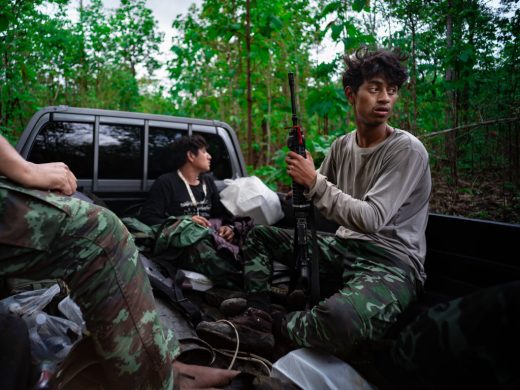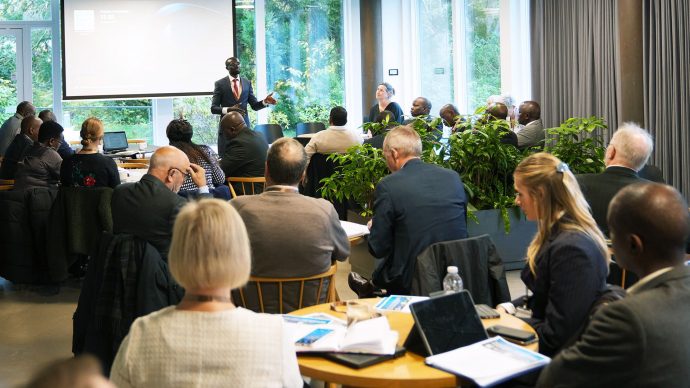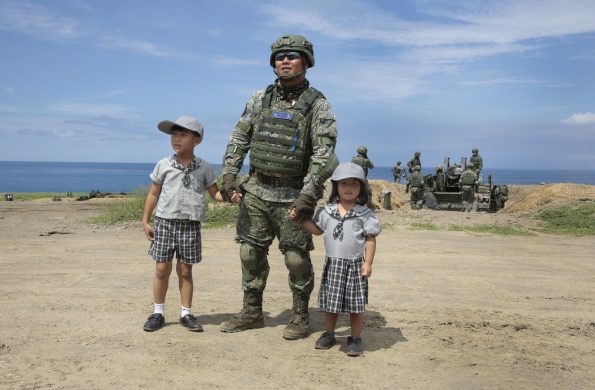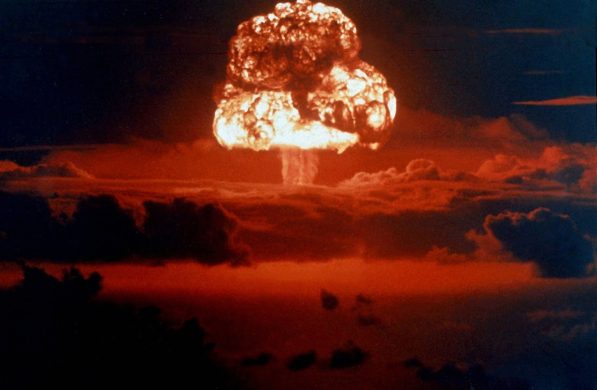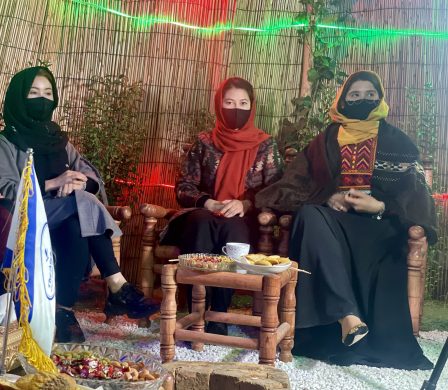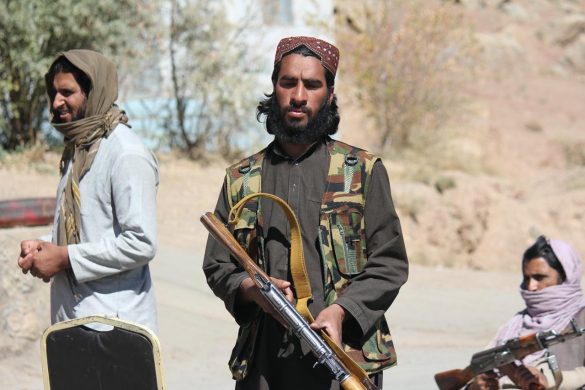Det ved de i Bangladesh, hvor en cyklon i det dav. Øst-pakistan kostede en halv million livet i 1970. Næsten 40 år senere havde man taget sine forholdsregler, og en tilsvarende cyklon kostede “kun” 200 dødsofre. Det drejer sig om DRR – at forebygge og dermed mindske katastrofer.
AQABA, 9 May 2013 (IRIN): Investing in preparation for potential disasters is a “no brainer” (burde være en selvfølge), Elizabeth Longworth, director of the UN Office for Disaster Risk Reduction (UNISDR), told a recent disaster risk reduction (DRR) conference in Aqaba, Jordan.
And yet a report published last month by the UN Office for the Coordination of Humanitarian Affairs (OCHA) said DRR funding accounts for only three percent of humanitarian aid and just one percent of all other development assistance.
Last year (seen as a relatively quiet year by natural disaster experts), the Centre for Research on the Epidemiology of Disasters (CRED) recorded 310 natural disasters, leading to 9.930 deaths and affecting 106 million people.
In total in the last three years, disasters have caused more than 300 billion US dollar (1.710 milliarder DKR) of recorded damage.
So, if the scale of the damage is not in dispute, why is DRR (disaster risk reduction) not better resourced? Has the funding argument not yet been won?
Improving funding
“Funding is a challenge,” said Jordan Ryan, director of the Bureau for Crisis Prevention and Recovery at the UN Development Programme (UNDP).
“DRR does not always get sufficient funding. Sometimes the donors do not put a priority on disaster risk. They do not always come through. So, I think we need even more attention.”
But natural disaster experts are emphatic (fastholder vedholdende) that DRR funding is fundamentally a good investment.
Estimates vary about how much can be saved, but the most conservative figures say that every dollar (5,70 DKR) spent on DRR is worth four dollar later on.
One example of the difference preparation can make is in what is now Bangladesh where in 1970 the Bhola cyclone killed up to 500.000 people.
Nearly four decades later when another destructive storm hit (Cyclone Aila, 2009), early warning systems, hundreds of cyclone shelters, and disaster volunteer networks helped keep the country’s death toll below 200.
Devastating Nargis
When natural hazards meet unprepared communities, populations are left extremely vulnerable, as seen when Cyclone Nargis hit Burma in 2008, a country without early warning systems or storm shelters.
Perceptions of the importance of disaster preparedness vary from country to country.
“In Japan people understand this is money well spent,” Kimio Takeya, visiting senior adviser for the Japan International Cooperation Agency (JICA), told IRIN.
He said the country had been buffeted by earthquakes, typhoons and floods in the last 50 years: “Everything hit Japan.”
This follows a clear pattern. Governments find it difficult to appreciate risk and the need for risk reduction, until disaster strikes.
Changing perceptions
Læs videre på
http://www.irinnews.org/Report/98003/Analysis-Getting-governments-to-cough-up-for-DRR
Se også telegrammerne
http://www.irinnews.org/Report/98008/Beating-wild-weather-in-Sri-Lanka
og
http://www.u-landsnyt.dk/nyhed/29-04-13/dansk-r-de-kors-vil-l-gge-sin-katastrofepolitik-ra




